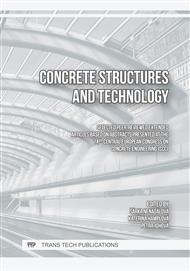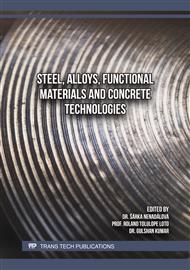p.53
p.59
p.67
p.77
p.85
p.95
p.101
p.109
p.117
Decarbonization of Concrete Structures from a Structural Engineer’s Perspective
Abstract:
It is increasingly evident that the construction industry must undergo a thorough transformation. Globally, the construction sector is responsible for up to 50% of carbon emissions and approximately 50% of resource consumption. This high resource consumption correlates with substantial waste generation. To reduce the environmental impact of civil engineering, priority should be given to preserving existing structures, even if they require repair or significant retrofitting, or at least reusing their components.. However, practical implementation is challenging, primarily due to the lack of proper assessment of existing structures, which is crucial for making decisions regarding liability. Currently, there are no well-established rules for determining the design life and safety of structures incorporating elements derived from dismantled ones. This paper identifies, based on the report prepared for the European Commission [1], best practices in the construction industry and the most promising measures to reduce its climate impact in the future. From the structural engineer's perspective, these measures would certainly involve substituting carbon-intensive materials with low-carbon alternatives and embracing adaptive, modular, and reversible designs supported by data-driven models. Reuse and disassembly are crucial for circular systems in the construction industry, particularly in designing connections and ensuring the transfer of information about structural elements throughout their lifecycle, including the concept of creating 'smart elements' equipped with Structural Health Monitoring (SHM) systems. The possibilities for implementing the concept of reuse of building structures is also discussed in the paper.
Info:
Periodical:
Pages:
101-108
Citation:
Online since:
May 2025
Authors:
Keywords:
Price:
Сopyright:
© 2025 Trans Tech Publications Ltd. All Rights Reserved
Share:
Citation:



